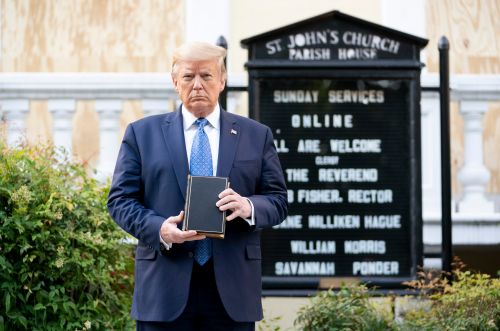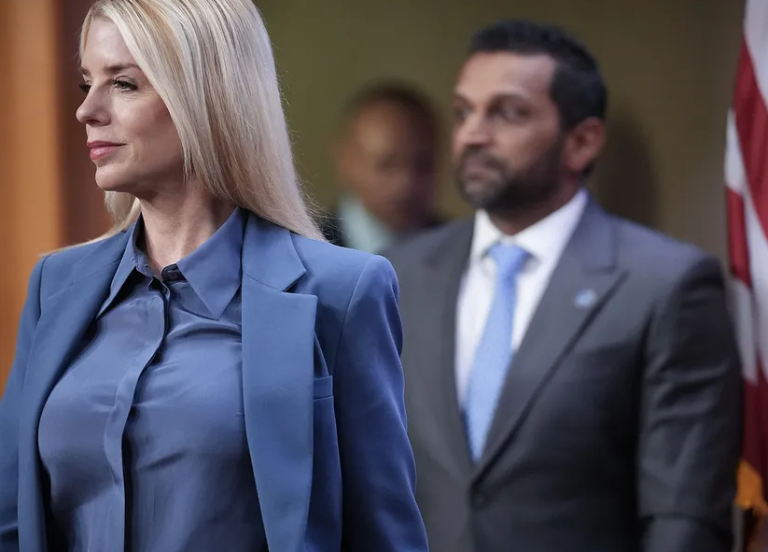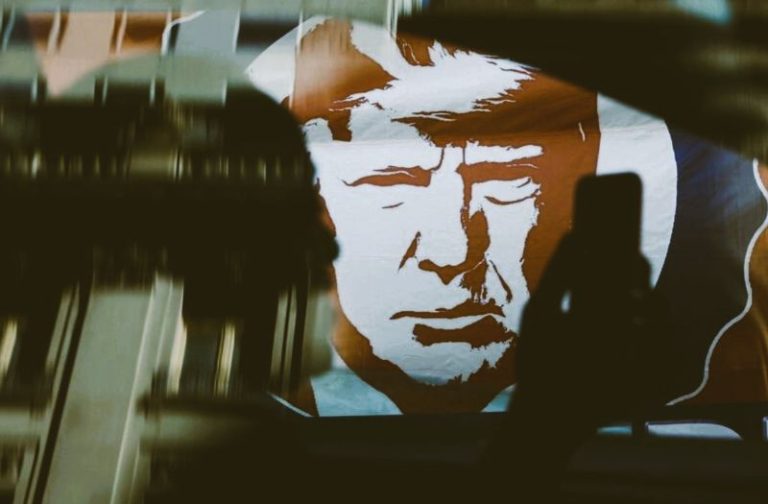

Minority faith groups, secular advocacy organizations, and civil rights lawyers are already eyeing the policy for future litigation.

By Matthew A. McIntosh
Public Historian
Brewminate
The Policy Shift That Opened the Door
On July 28, 2025, the Trump administration issued guidance that could fundamentally reshape the religious landscape inside federal workplaces. Through a memo from the Office of Personnel Management (OPM), employees are now explicitly permitted to discuss their faith with co-workers, display religious symbols on their desks, invite colleagues to religious services, and even attempt to persuade others to reconsider their beliefs. The document cites First Amendment protections and civil rights statutes, framing the change as a long-overdue correction to what some officials view as a climate of secular overreach in government settings.
Supporters see it as a victory for religious liberty, particularly for Christian employees who believe they have been marginalized or silenced by overly cautious interpretations of workplace neutrality. The directive will apply to those of all religious faiths, not just Christians. The memo assures workers that during breaks or informal conversations, they may engage in “polite discussion” about why their faith is correct. Yet, it adds a caveat: if the listener requests that such conversations end, the employee must comply.
The language appears balanced at first glance, yet in its operational reality it is likely to spark disputes over where encouragement ends and coercion begins. Public service operates on a delicate equilibrium between individual expression and collective neutrality, and this new guidance puts that balance under strain.
Historical Parallels and Lessons

This is not the first time the federal government has waded into contested waters over religious expression. In the late twentieth century, similar debates emerged over prayer in schools, chaplains in the military, and the role of faith-based initiatives in federal programs. Each episode revealed the same fault lines: champions of religious rights celebrated the protections, while critics warned of entanglement, favoritism, and the erosion of secular governance.
The current policy feels cut from the same cloth, but with a sharper edge. In past disputes, federal spaces were often treated as zones where religion had to be carefully contained. Now, the OPM memo not only lifts containment but actively invites expression. For those who welcome such changes, it is an overdue embrace of cultural identity. For others, it risks turning taxpayer-funded offices into arenas of persuasion.
When the Policy Meets the Pluralism Test
The strongest test of this policy will not come from devout Christians speaking to colleagues who share similar beliefs. It will arrive when a Muslim employee sets out a prayer rug in a shared space, or when a Pagan worker decorates their desk with Wiccan symbols, or when an atheist posts a sign asserting that no gods exist.
In theory, all are equally protected. In practice, the reaction is unlikely to be symmetrical. Historical precedent suggests that minority faiths are far more likely to encounter resistance, either in the form of subtle ostracism or direct administrative pushback. Policies drafted in broad, neutral terms often falter when those terms are exercised by communities outside the cultural majority.
The memo’s champions may find themselves in awkward territory when religions unfamiliar to them use the same permissions to evangelize, proselytize, or otherwise express deeply held beliefs that diverge from mainstream Christianity. The tension will not be hypothetical for long.
Likely Points of Conflict

One can easily imagine a Park Service ranger leading a group prayer to a Christian God — a scenario the memo openly allows, without generating internal alarm. But a similar prayer to an Indigenous creator spirit, or to a pantheon of deities, might not pass without challenge. In a Veterans Affairs hospital, a chaplain praying with patients might be applauded if the prayer is Christian in form, but if the content shifts toward a Buddhist chant or an Islamic dua, would that same courtesy hold?
These conflicts have long been predicted by legal scholars studying the intersection of free exercise and establishment clause principles. Courts have generally been sympathetic to expressions that fit comfortably within the nation’s dominant religious framework, and more skeptical when minority faiths test those same boundaries. The new policy creates a fertile ground for those asymmetries to play out in daily work life.
Beyond Law into Workplace Reality
While the memo draws a clear line between permitted religious expression and harassment, the reality is more complex. In federal offices where hierarchies determine promotions, project assignments, and informal networks of support, the dynamics of power cannot be ignored. A supervisor urging a subordinate to attend their church might be technically compliant with the memo if done “politely” and outside official duties, but the perceived pressure could be very real.
The question is not only whether the memo will be legally sustainable but whether it will survive the practical stresses of pluralism. In an increasingly diverse federal workforce, any policy that encourages persuasion around deeply personal convictions is almost guaranteed to produce flashpoints.
A Policy Built for Challenge
The OPM’s guidance arrives in a polarized political climate where religious identity has become an open proxy for political allegiance. Critics argue that the new rules are less about protecting religious freedom in its universal sense and more about empowering a particular vision of faith in public service. The coming months will reveal whether these changes foster genuine inclusivity or serve as a conduit for sectarian advantage.
What is certain is that the policy will not exist in a vacuum. Minority faith groups, secular advocacy organizations, and civil rights lawyers are already eyeing the memo as fertile ground for future litigation. If history is a guide, the real tests will come not from the obvious cases but from the unexpected: the small, human interactions in shared offices that ripple outward into political and legal storms. The administration may believe it has drawn a clean line between liberty and coercion. The reality will almost certainly be messier. And for federal employees across the spectrum of belief, the workplace may soon become a place where silence feels safer than speech.
Originally published by Brewminate, 08.15.2025, under the terms of a Creative Commons Attribution-NonCommercial-NoDerivatives 4.0 International license.


